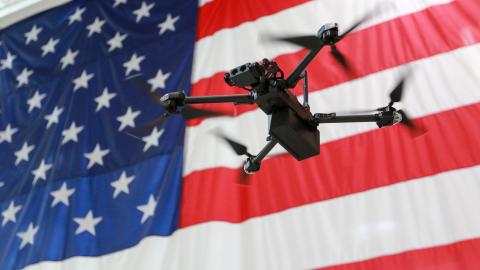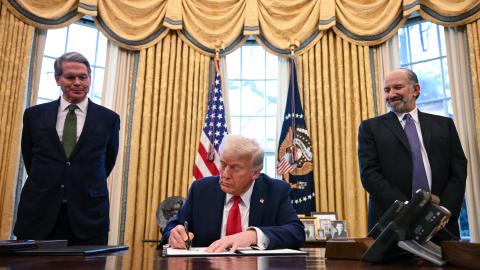The recent Iranian shootdown of an American RQ-4 Global Hawk surveillance drone has underlined the escalating tension between U.S. and Iran in the Persian Gulf. It also shows how ubiquitous and necessary unmanned aerial vehicles have become for America’s military missions. Yet the U.S. may cede the future of these large UAVs to competitors such as China, Russia and, ironically, Iran, if we don’t change how we develop and deploy these systems.
The media has trained Americans to think of military drones primarily as tools for finding and killing terrorists. In fact, they handle a much broader range of missions, from gathering intelligence and watching hot spots like the Strait of Hormuz to monitoring weather patterns and disaster relief. These so-called autonomous systems are quiet and relatively inconspicuous and can stay aloft for 20 to 30 hours at a time. Given their growing importance for keeping the armed forces and intelligence services informed 24/7—and since similar systems will soon become part of the U.S. commercial aircraft fleet—almost every expert agrees they are the future of the aerospace industry.
Yet thanks to a single outdated provision of an obscure international agreement formed in 1987—the Missile Technology Control Regime, or MTCR—the U.S. may lose leadership to China and Iran of the large-drone market, which is expected to grow to $32 billion in 10 years. The problem is that the treaty includes drones in the category of missile technology capable of carrying a 500-kilogram payload at least 300 kilometers. MTCR signatories like the U.S. are forbidden to export drones with that capacity, even to trusted allies.
Read the full article in the Wall Street Journal "here":https://www.wsj.com/articles/the-treaty-behind-chinas-drone-edge-115626…


















